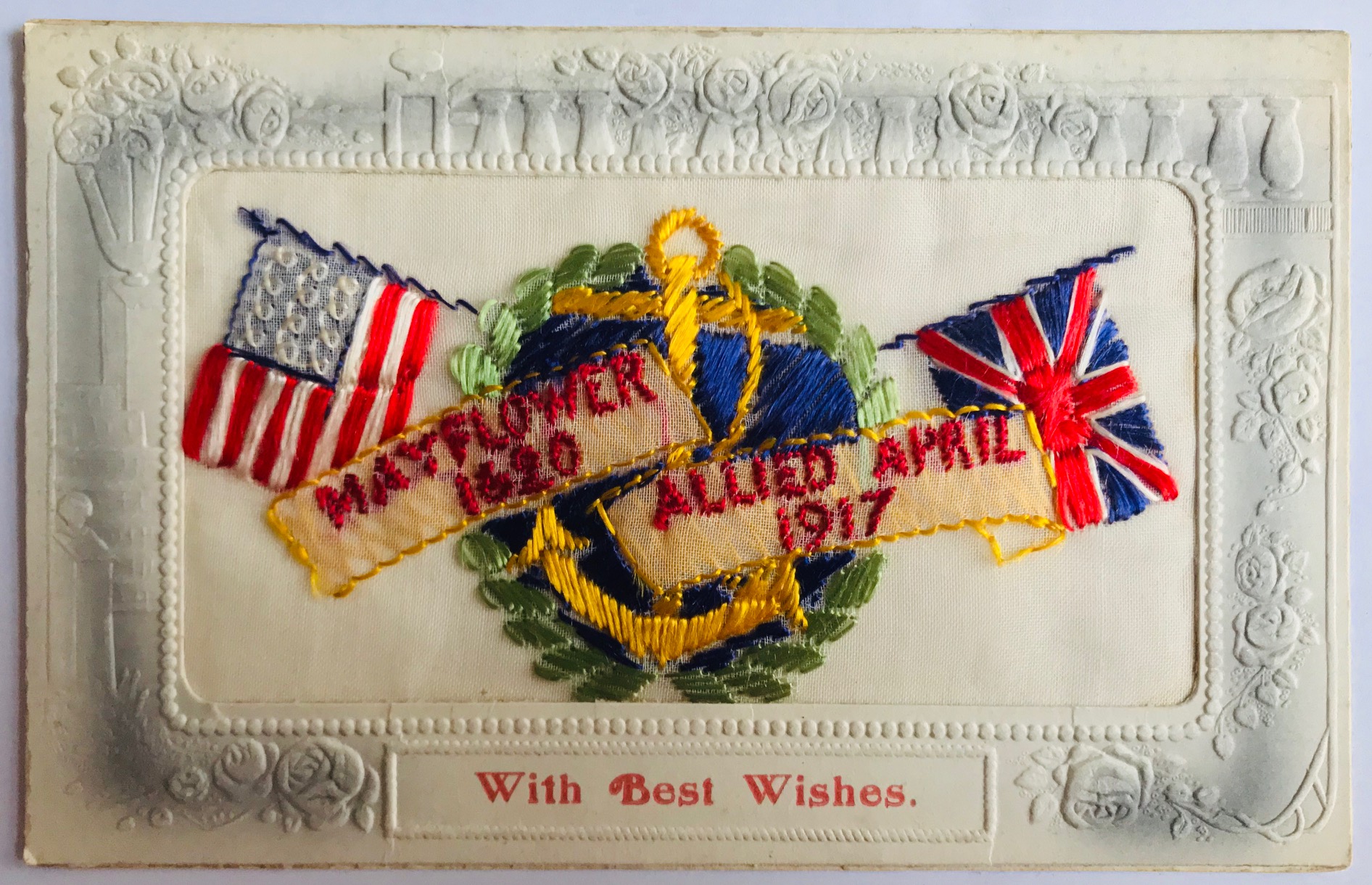*Guest post by Dr Sam Edwards, Manchester Metropolitan University*
As I found out later, the weather was much the same as the day, over 90 years previous, that the monument had been dedicated. The sky was grey, the breeze fresh, and rain threatened. I’d spent the morning cycling around some of the old airfields that still mark the Lincolnshire Wolds, an obsession that’s been with me since I was a teenager. But that day, and largely on a whim, I decided to head home (to family in Grimsby) via a detour to the Humber. I’d been told of a monument in the village of Immingham that might be of interest.
At Immingham I aimed – by instinct – for the church tower, and it was as I neared St. Andrews (fifteenth century in origins) that I saw it: a tall pillar of granite, weathered by decades of coastal storms. Dedicated to the ‘Pilgrim Fathers’ who had set sail from ‘this creek’ in 1608, the pillar was clearly the result of some concerted effort. But it was the name of the organisation responsible that drew my attention – the Sulgrave Institution. I’d only recently completed some research at Sulgrave Manor in deepest Northamptonshire and so the question soon arrived: why had those responsible for establishing the Manor as a memorial to George Washington (it was his ancestral home) also erected this pillar near the Humber? What was the connection? Cycling home in the last of the autumn light I decided to resolve the quandary. As I was to learn, the answer lay in a variety of factors which, when combined, ensured that in the post-First World War period Immingham became an attractive location in which – as at Sulgrave – to celebrate the Anglo-American ties of history and memory.
The memorial today (photo by author)

